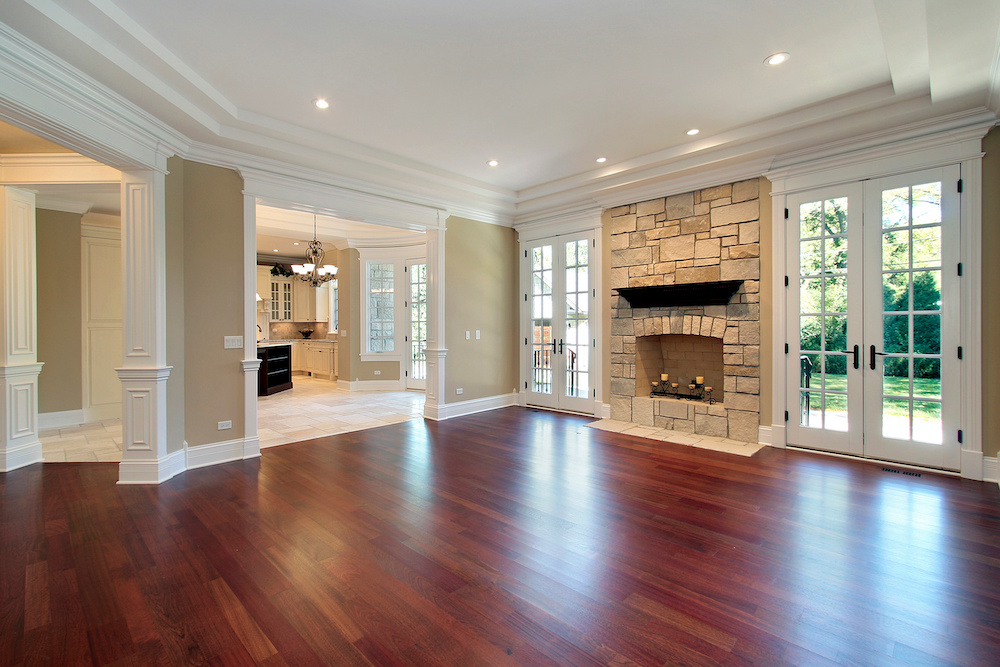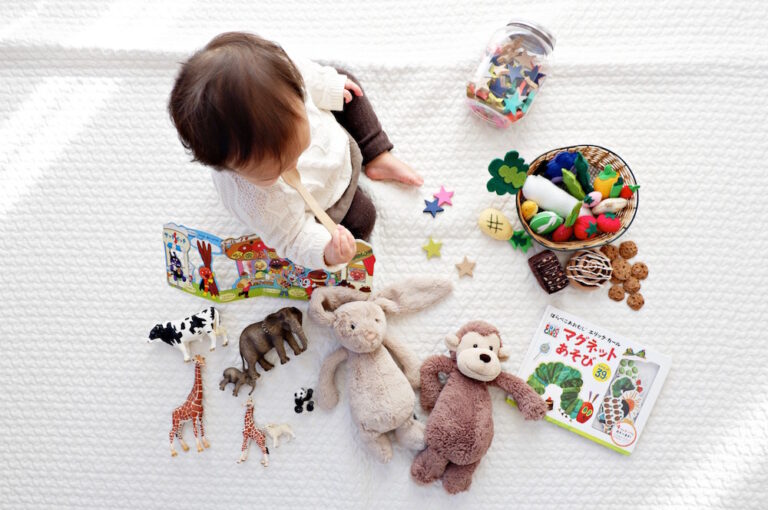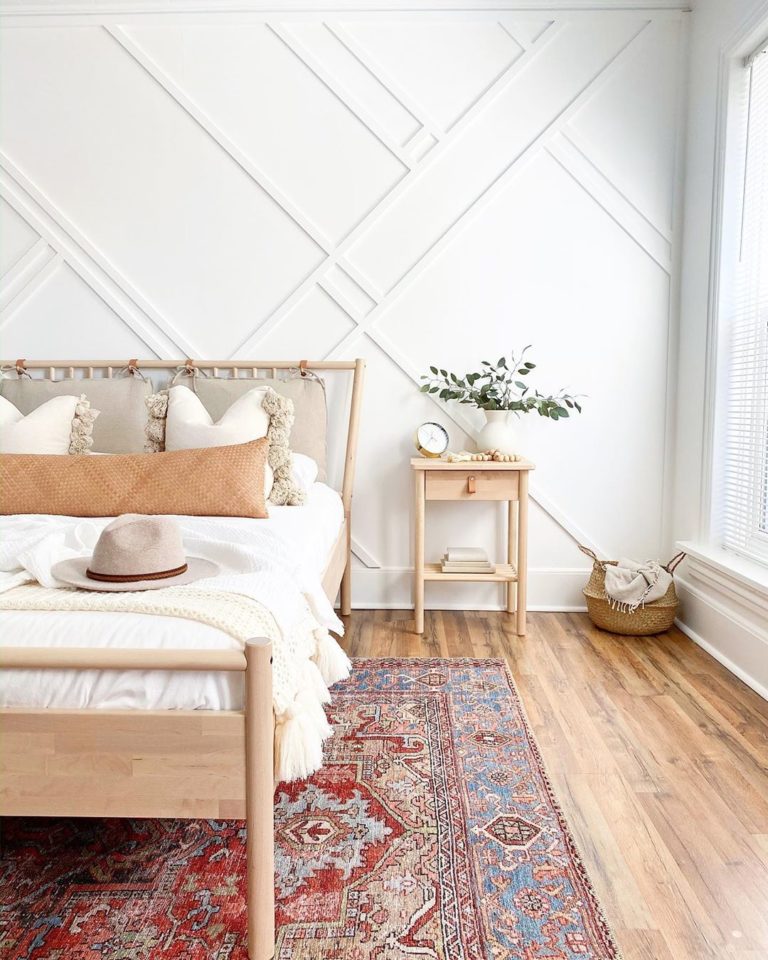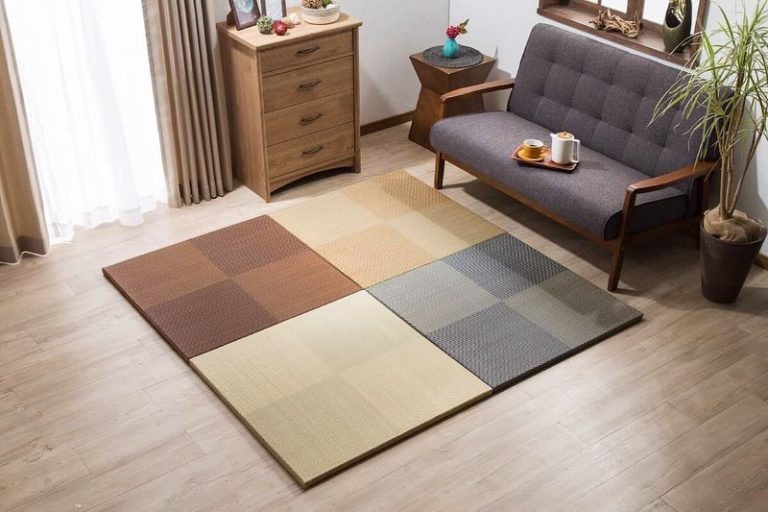A Guide To Planning A Wooden Flooring Installation
Wooden flooring is a classic element that warms up the home. It can make any space feel cozy, homely, and welcoming. It’s also the top choice among homeowners due to its durability, longevity, and aesthetic appeal.
Planning a wooden floor installation requires knowledge of different details, such as the types of wood to use and their prices. With this simple guide, you can compare and contrast all the possible options to make the most of your budget.

Wood Flooring Types
There’s a wide array of gorgeous wood flooring options for every home that vary in grain patterns, color, and durability. The following are the typical wood types used for wooden floors:
- Oak: Oak is one of the most common hardwood flooring types. It’s highly durable, making it perfect for busy homes. Despite being expensive, oak floors can last a lifetime. You may notice some minor changes in 25 years, but you can restore it through staining.
- Ash: Ash flooring is one of the densest hardwoods, resisting scratches and dents, and a typical choice in contemporary homes. Its various tones and patterns can perfectly fit different interior themes.
- Maple: Maple is also an excellent choice for flooring since it’s among the hardest woods. Its shade variation is perfect for adding texture and depth to a home’s interior. Like oak, it’s also resistant to high traffic.
- Mahogany: Mahogany is known for its reddish dark brown color with delicate grain patterns that give a classy look to every home interior. In some areas, mahogany can be more expensive than oak and maple due to the lack of supply.
- Hickory: Hickory comes in various shades, from light beige to dark brown, with unique patterns and dark spots, perfect for a rustic look. Aside from its appearance, most homeowners prefer hickory for its water resistance.
- Walnut: Walnut is known for its stunning grain patterns and stunning dark tones. It’s classy, highly durable, and moisture-resistant. It’s a popular choice among homeowners and designers for rustic, industrial, and modern homes.
- Douglas Fir: Douglas Fir is among the most affordable woods used in flooring. Despite being a softwood, it’s dense and durable enough to withstand moderate traffic. It also comes in long, almost room-length floorboards.
- Bamboo: Bamboo is a sustainable wooden flooring option. It’s also much more affordable than other woods and perfect for achieving a contemporary look. Although it’s not as naturally durable as the different wood types, some manufacturers produce engineered bamboo floorboards that are water and scratch-resistant.
- Pine: Pine is another inexpensive wooden flooring choice popular among homeowners. It’s among the strongest softwoods among redwood and Douglas fir, with colors ranging from light yellow to deep orange-brown.
- Reclaimed Hardwood: There are wood flooring installation companies that focus on reclaimed hardwood. It’s a sustainable practice of refinishing wood from various buildings and other projects. Since hardwoods are highly durable, repurposing them is a wise and eco-friendly choice.

Wooden Flooring Alternatives
Here are some alternatives if you’re aiming for the aesthetic appeal of wooden floors but want something low-maintenance and affordable:
- Luxury Vinyl Plank: Luxury vinyl planks are incredibly durable flooring materials that can look and feel like natural wood. It’s also waterproof, ideal for moisture-prone areas like kitchens and bathrooms. Unlike genuine wood, it doesn’t warp when exposed to water.
- Laminate: Laminate flooring is another cheaper alternative. It’s water-resistant, but it’s not as durable as luxury vinyl. Unlike hardwood floors, they can’t be re-sanded and refinished when scratched. The only option is a replacement.
- Engineered Wood: Engineered wood has a layer of genuine hardwood, which gives both the aesthetic appeal and cozy feel of wooden floors. It’s also more moisture-resistant than hardwood.
Average Hardwood Floor Installation Cost
The average hardwood flooring installation cost is around USD$6 to USD$12 per square foot, while high-end options are about USD$13 to USD$25. Half of these prices go to the labor cost.
The total cost heavily depends on your choice of wood. For instance, hardwood floorboards like mahogany, walnut, oak, maple, and ash are more expensive than pine and Douglas fir. When you consider durability and longevity, their high prices are reasonable.
Moreover, the installation cost may vary in different locations due to the availability of the materials and services.
Are Wooden Floors Worth It?
Aside from the stunning aesthetics and coziness, wooden floors also add a significant value to a property. Most homeowners see wooden flooring installation as an investment to keep their homes in pristine condition for decades.
The main downside of wooden floors is the prices. Genuine hardwood is far more expensive than any other flooring option due to scarcity of supply. However, their availability is often limited since they take time to grow and mature.
Another disadvantage of natural wooden flooring is the lack of waterproofing. Although most types of hardwood can withstand a specific amount of moisture, they’re still not ideal for liquid-prone areas like bathrooms, kitchens, and outdoor living spaces.
In terms of longevity, wooden floors are worth every dollar. Other flooring materials like laminate and porcelain tiles need replacement when damaged. In contrast, hardwood flooring can be sanded and stained several times to restore its look.
Conclusion
Installing wooden floors in your home is a wise choice. It’s a good investment in your property and your family’s comfort.






